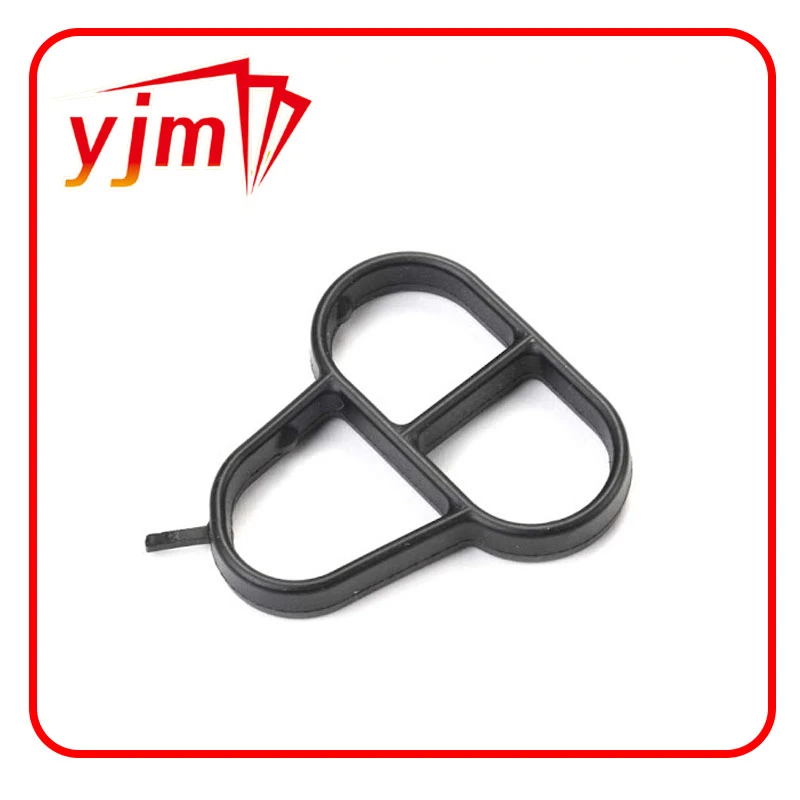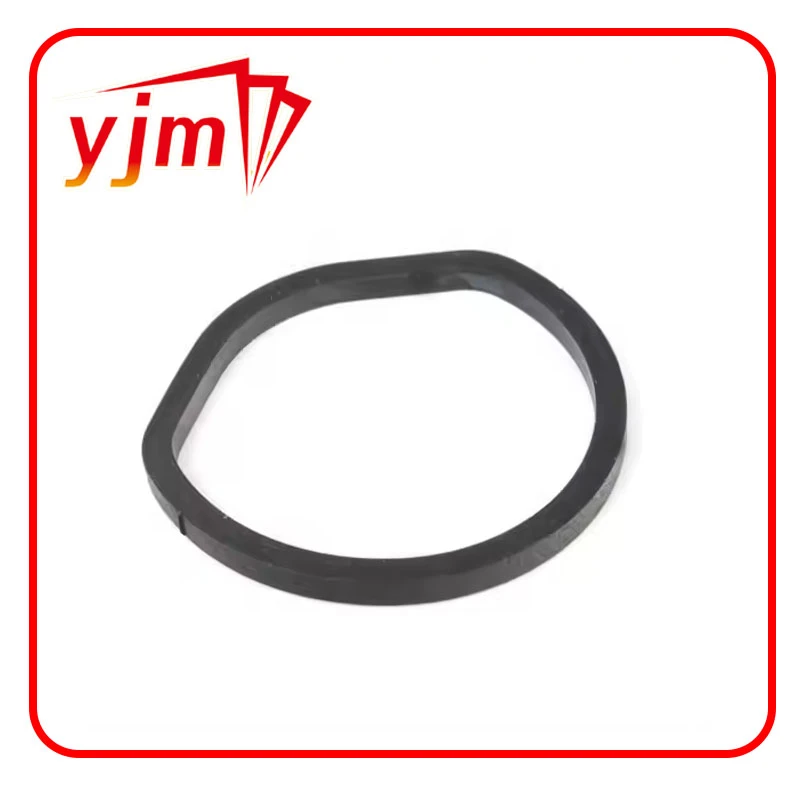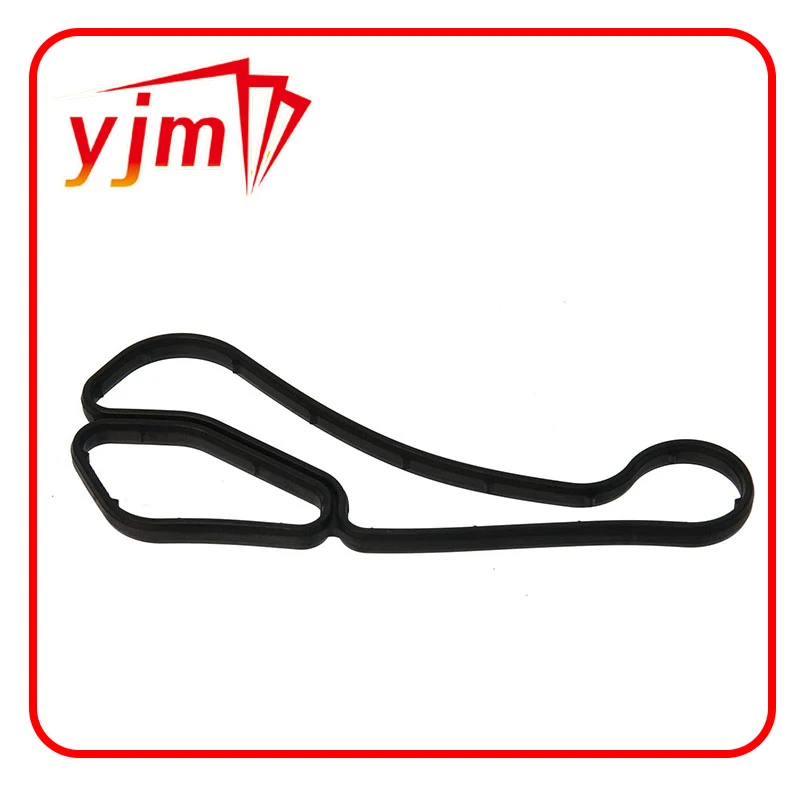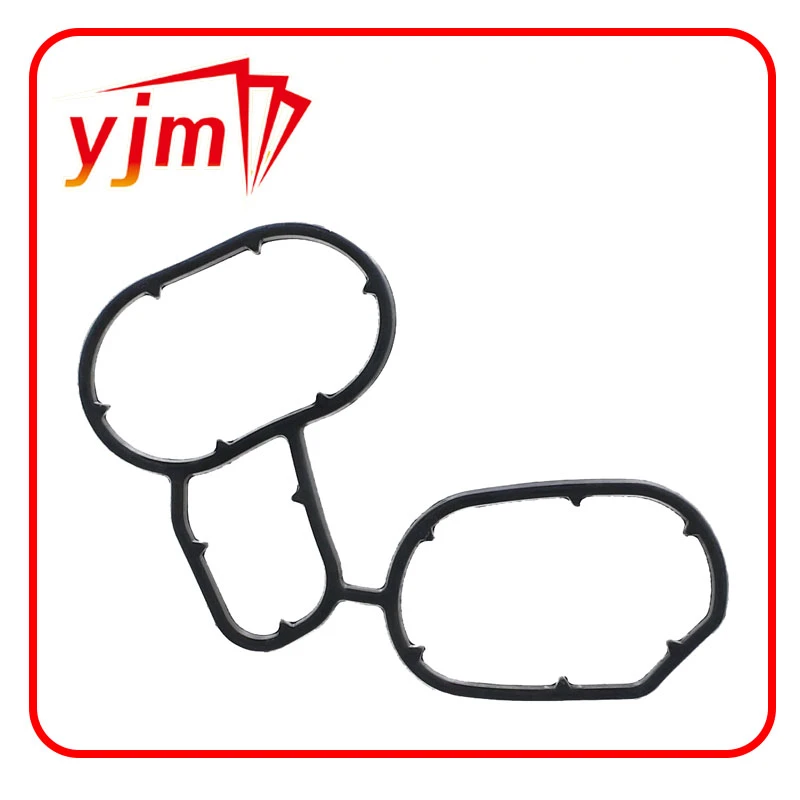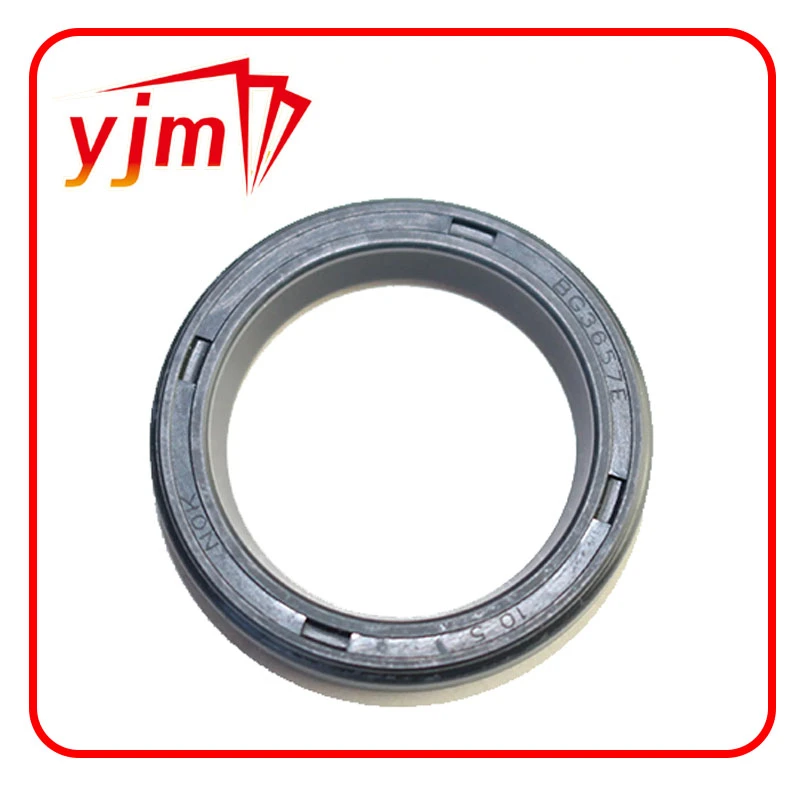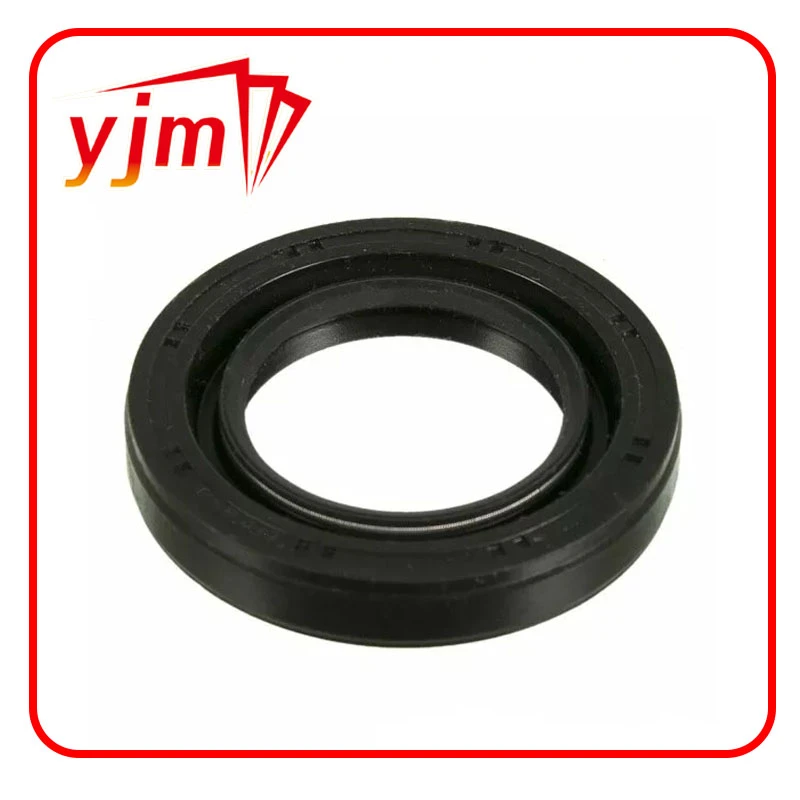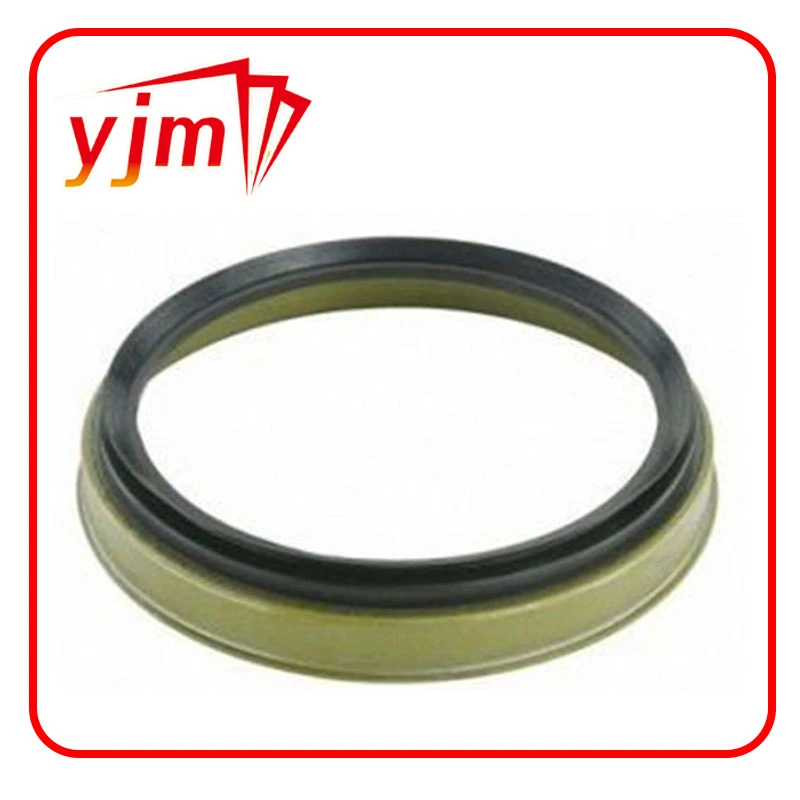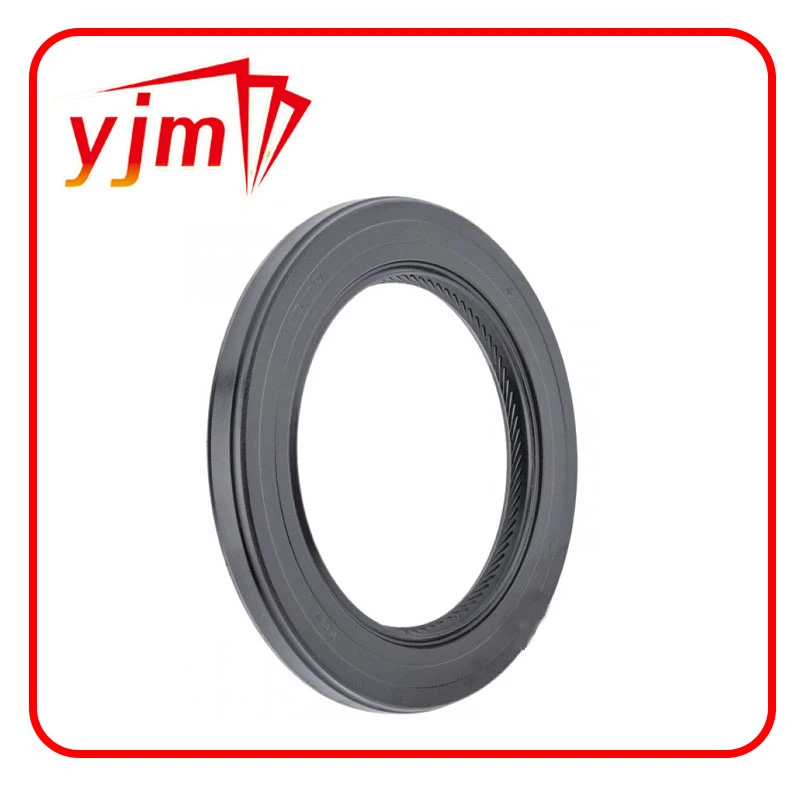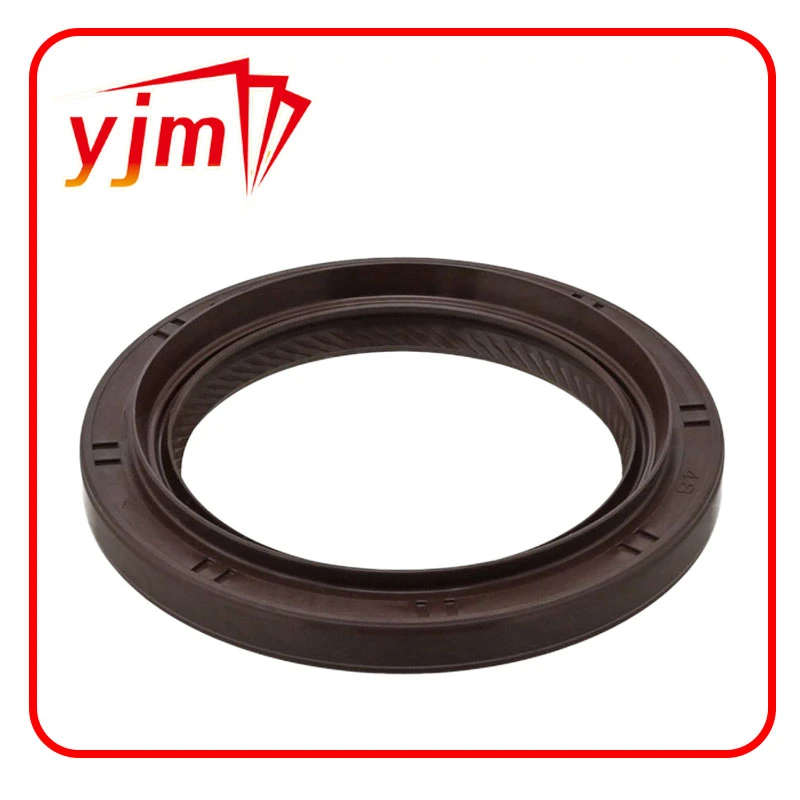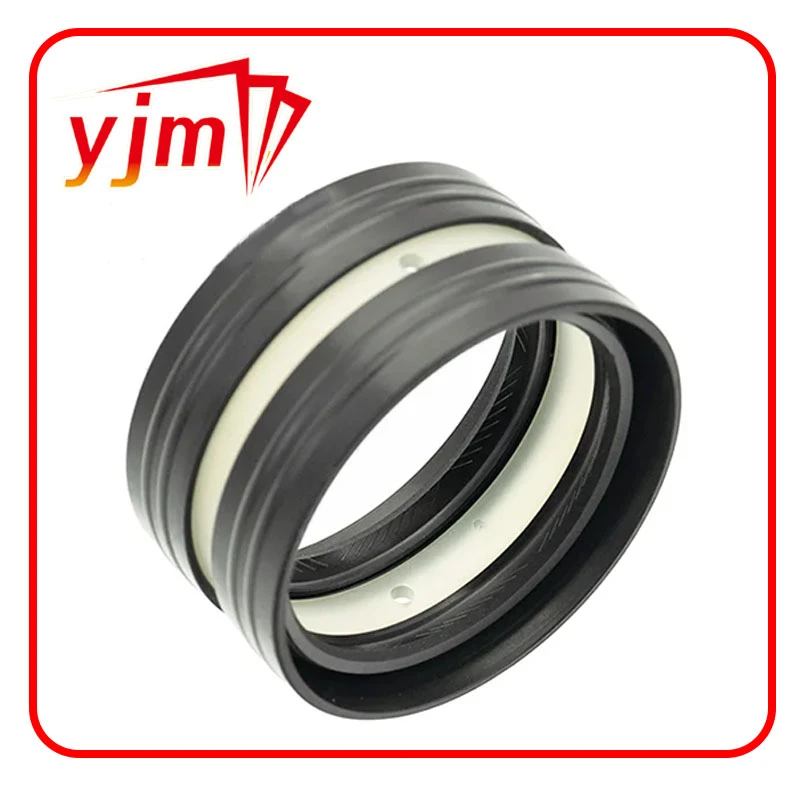Rear Crankshaft Seals: Protecting Your Engine from Hidden Oil Leaks
Oil leaks can silently wreak havoc on an engine, especially when they stem from deep within the crankshaft area. One of the most overlooked yet essential components for oil containment is the crankshaft rear main seal. This article explores the function, symptoms of failure, and repair considerations related to the crankshaft oil seal rear, crankshaft pulley oil seal, and more.
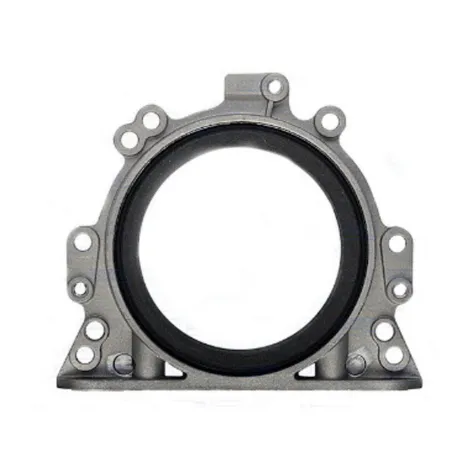
The Role of the Rear Crankshaft Oil Seal
The crankshaft oil seal rear—also known as the crankshaft rear main oil seal—is located at the back end of the crankshaft, where it exits the engine and connects to the transmission. This seal ensures engine oil stays inside the crankcase and doesn't leak into the bellhousing or clutch area.
The crankshaft rear main seal plays a critical role in:
Maintaining internal oil pressure
Preventing engine oil from leaking near the transmission
Avoiding oil contamination of the flywheel, torque converter, or clutch components
Unlike front seals, which are relatively easier to access, the rear main seal is buried behind the engine and often requires removal of the transmission to replace—making early diagnosis and timely action especially important.
Crankshaft Pulley Oil Seals: Front-End Oil Control
At the front of the engine, the crankshaft pulley oil seal (or crankshaft pulley seal) keeps oil from leaking around the crankshaft as it exits toward the pulley or harmonic balancer. Though located at the opposite end from the crankshaft rear main seal, it serves the same core function—sealing the crankshaft and keeping the engine clean and properly lubricated.
When the crankshaft pulley seal fails, symptoms may include:
Oil splatter near the crank pulley or lower timing cover
Belt slippage or squealing due to oil contamination
Burning oil smell from contact with hot engine parts
This front seal is generally more accessible and less expensive to replace than the crankshaft oil seal rear, especially during timing belt or serpentine belt service.
Signs of a Failing Rear Main Seal
Recognizing the signs of a leaking crankshaft rear main oil seal early can prevent major mechanical issues. Since the rear main seal is hidden, leaks often go unnoticed until oil levels drop significantly or performance is impacted.
Common symptoms include:
Oil dripping between the engine and transmission
Wet bellhousing or starter motor area
Frequent oil top-ups without visible front-end leaks
Slipping clutch (in manual transmissions)
In automatic vehicles, a failing crankshaft rear main seal may cause oil to leak into the torque converter housing, potentially damaging seals or affecting transmission performance.
Note: These symptoms can be mistaken for other gasket or seal issues, so professional inspection is often necessary to confirm the source.
Replacement Costs and Timing Considerations
Replacing the crankshaft oil seal rear can be costly—not because of the part itself (which is often under $50), but due to the labor required. Accessing the rear main seal typically involves:
Removing the transmission
Dropping the oil pan in some vehicles
Possibly removing the flywheel or flexplate
Estimated costs:
Parts: $20–$60 for a quality crankshaft rear main seal
Labor: $500–$1,200 depending on vehicle design
Given the high labor cost, many vehicle owners choose to replace the crankshaft rear main oil seal during other major services like clutch replacement, rear main bearing replacement, or engine removal.
Pro tip: Always use OEM or high-quality aftermarket seals and follow proper torque specs to prevent repeat failure.
From the front to the rear of your engine, crankshaft seals are essential to preventing oil leaks and protecting vital components. The crankshaft pulley oil seal plays a key role at the front, while the crankshaft oil seal rear—especially the crankshaft rear main oil seal—is one of the most critical and labor-intensive seals to monitor.
By recognizing symptoms early and addressing leaks promptly, you can avoid costly engine repairs, protect your clutch or transmission, and ensure your engine runs clean and strong for years to come.
-
Seal 12x20x5: Precision Radial Shaft Seals for Industrial Reliability
Habarlar Nov.24,2025
-
Seal 12x18x5: Essential Guide to Specifications, Applications & Vendors
Habarlar Nov.24,2025
-
Understanding Seal 12 20 5: Applications, Specifications & Industry Insights
Habarlar Nov.23,2025
-
Durable Oil Seal 85x110x12 – Reliable Sealing Solutions for Industry
Habarlar Nov.23,2025
-
Durable and Precise Oil Seal 75x95x10 for Efficient Machinery | YJM Seal
Habarlar Nov.22,2025
-
Durable Oil Seal 75x100x10 for Reliable Industrial Performance | YJM Seal
Habarlar Nov.22,2025
-
High-Quality Oil Seal 65x90x10 | Durable & Reliable Sealing Solutions
Habarlar Nov.22,2025
Önüm kategoriýalary

